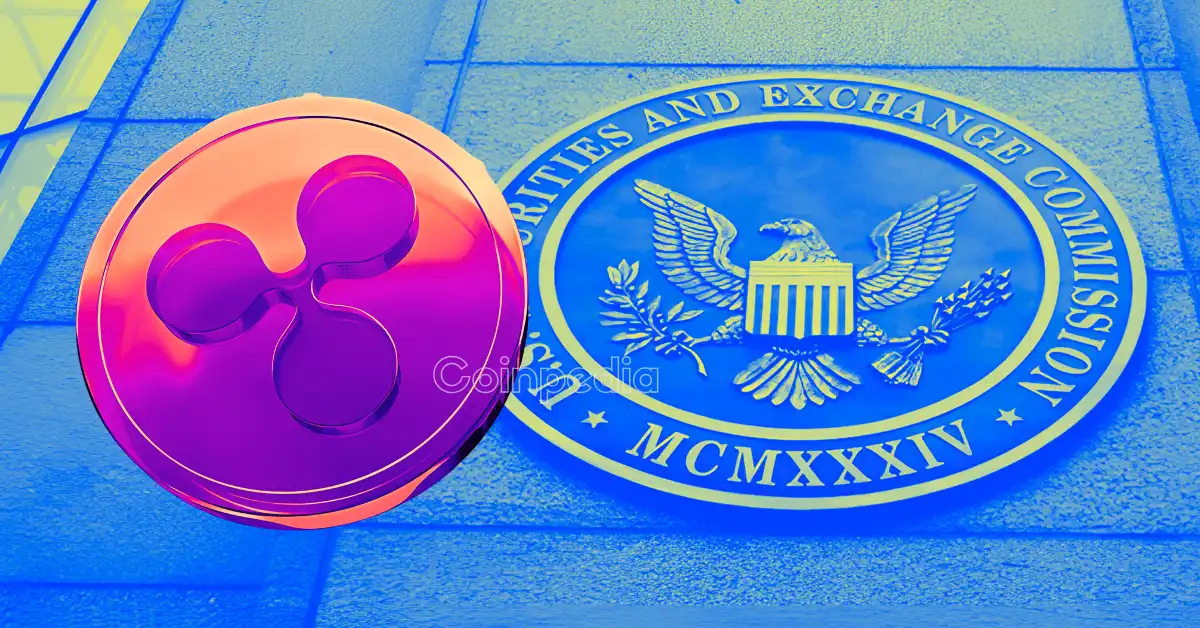 CaryptosHeadlines Media Has Launched Its Native Token CHT.
Airdrop Is Live For Everyone, Claim Instant 5000 CHT Tokens Worth Of $50 USDT.
Join the Airdrop at the official website,
CryptosHeadlinesToken.com
CaryptosHeadlines Media Has Launched Its Native Token CHT.
Airdrop Is Live For Everyone, Claim Instant 5000 CHT Tokens Worth Of $50 USDT.
Join the Airdrop at the official website,
CryptosHeadlinesToken.com
Recently, the rise of blockchain has altered a variety of sectors, from finance to art. Amongst these changes, one of the more promising intersections has been the merger of Non-Fungible Tokens (NFTs) and gaming. This confluence has been reshaping the gaming industry, introducing new ways of how we think about ownership and monetization.
Understanding NFTs: Core Principles
To appreciate NFTs in gaming, first, it is essential to understand what exactly NFTs are. Non-fungible tokens are unique digital assets that are stored on a blockchain, each representing ownership of a specific item or piece of content. Unlike cryptocurrencies such as Bitcoin or Ethereum, which are fungible (both interchangeable and identical), NFTs are irreplaceable and distinct. This uniqueness makes them ideal to represent digital collectibles, art, and digital assets.
NFTs rely on blockchains to be secure and transparent. The decentralized nature of blockchains ensures that proof of ownership is accessible to everyone, but even more importantly, immutable, eliminating the risk of forgery.
The Gaming Industry Before NFTs
Before NFTs, digital assets in games were controlled by game developers. Players could earn or purchase items like weapons, skins, and characters, but their ownership stayed confined within a game’s ecosystem. If the game servers shut down or the developers simply decided to alter the game’s terms, players could lose their investments.
Traditional gaming models also lacked interoperability – assets from one game couldn’t be transferred or used in another. This limitation stifled the potential of creating broader gaming economies.
How NFTs Are Transforming Gaming
The addition of NFTs into games addresses many of these shortcomings and offers a range of benefits instead. Giving players actual ownership of their in-game assets is great for players – players are able to prove their ownership even outside the game, giving a sense of permanence that empowers players to buy, sell, and trade their assets more independently. Because these tokens are stored on a blockchain, ownership is permanent and able to exist independently of a game’s developers.
Another exciting prospect of NFTs is the ability to use assets across multiple games. For example, a sword purchased in one game could be utilized in another, if both games were to operate within a compatible ecosystem. This could foster a new wave of collaboration amongst game developers.
NFTs also open up new ways of monetization, for both devs and players. Players can sell rare or valuable items on markets, whilst developers can earn royalties from these transactions via smart contracts. In play-to-earn models, popularized by games like “Axie Infinity”, players are able to earn cryptocurrency or NFTs by playing the game. This model has attracted millions of players, especially in regions where earning potential through regular employment is limited.
Tokenizing assets enables communities to have more control over a game’s economy, and NFTs are able to foster much greater player engagement. Developers can involve players in the game’s development process through reward systems, creating a culture that makes players want to actively participate more, which makes them care more, building up brand loyalty.
The Role of Crypto Casinos
Beyond traditional gaming, the integration of blockchain and NFTs has also extended to the realm of online casinos, revolutionizing this sector. Crypto casinos leverage blockchain technology to provide transparent platforms for gambling. Some even started to incorporate NFTs into their ecosystems. They can serve multiple purposes, such as representing unique memberships, rewards, and even in-game chips that hold collectible or intrinsic value.
Being able to use cryptocurrencies like Bitcoin or Ethereum to place bets allows players to indulge in swift and secure transactions that don’t need to rely on any intermediaries. With NFTs, these casinos offer a unique way of engagement – imagine owning a digital token that provides exclusive access to high-stakes games or other special features. NFTs can also be integrated into slot machines or other games, allowing players to win tokens with real-world value. Introducing new monetization methods and entrancing experiences.
Notable Examples of NFT Integration in Gaming
Some games and platforms have illustrated the potential of NFTs already: In “Axie Infinity”, players collect and battle digital creatures called Axies, which are represented by NFTs. The game has gained immense popularity because of its play-to-earn model, allowing players to earn tokens they can convert to real money. Similarly, platforms like “The Sandbox” or “Decentraland” offer virtual worlds where users are able to buy land as NFTs and allow them to monetize their creativity. These games emphasize user-generated content and give players tools to shape the landscapes they inhabit and own. Other notable examples include the digital trading card game “Gods Unchained”, in which players own their cards as NFTs, enabling them to trade or sell without restrictions.
Challenges Facing NFTs in Gaming
Incorporating NFTs into gaming faces significant challenges that need to be addressed before its adoption can become more widespread. One of the more pressing concerns is the negative environmental impact that the blockchain technology has. The proof-of-work consensus mechanism is extremely energy-intensive and has rightfully received a lot of criticism for the carbon footprint it leaves behind. Ethereum’s transition to proof-of-stake has mitigated these concerns, but sustainability still remains a critical issue.
Another challenge is regulatory uncertainty: Governments are still determining how to classify digital assets, which creates a murky legal environment. Furthermore, scalability and transaction costs can hinder the integration of NFTs into games, as high fees and slow processing times could alienate casual gamers.
One more thing affecting the adoption of NFTs in gaming is the market volatility. The value of NFTs can fluctuate strongly, creating risks for players who invest time or money into these assets. Balancing innovations with ethical considerations will be crucial if developers want to ensure a fair and enjoyable gaming experience.
The Role of Emerging Technologies
Emerging technologies play a big part in addressing these challenges, enhancing the integration of NFTs into gaming. Layer-2 scaling solutions, such as Polygon and Immutable X, are improving the efficiency of blockchains by reducing transaction costs and increasing speed further. Solutions like these make NFTs more practical.
Equally, artificial intelligence and machine learning are contributing to the NFT gaming experiences. These technologies are able to personalize gameplay, enhance asset creation, and optimize in-game economies. Additionally, augmented and virtual reality are able to create more alluring experiences in which players are able to interact with their digital assets.
The Future of NFTs in Gaming
While the combination of NFTs and gaming is still in the early days, it is undeniable that the future is looking rather promising. Mainstream game studios are beginning to explore NFT integration, which signals a potential shift toward a more widespread acceptance. With the industry evolving, more sophisticated in-game economies that are driven by player participation are going to be made available. The social impact of NFTs could be profound as well: Play-to-earn models have the potential to empower individuals in regions with a less traditional job market.












